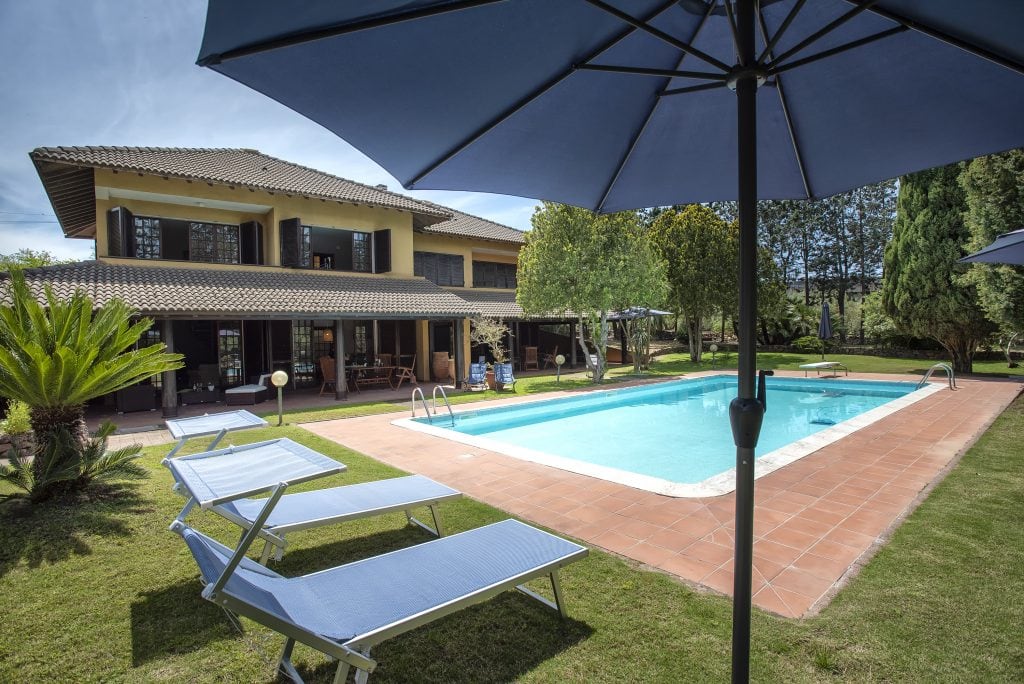History of Alghero between facts and legends
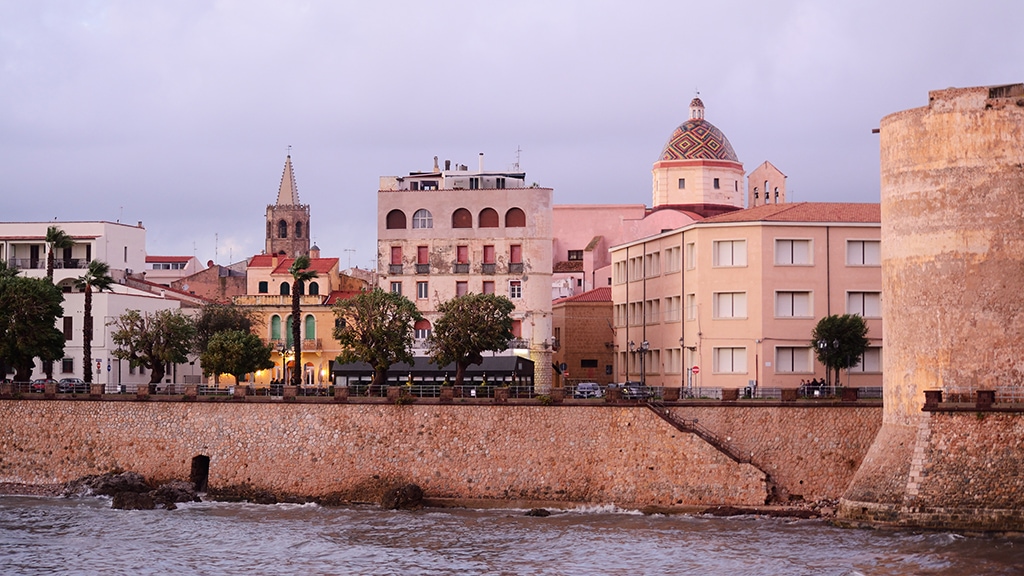
How did the city of Alghero come into being? There are two stories: the one that everyone can know and the one that can only be discovered by visiting the place. We are going to tell you both. Here in brief is everything you need to know about the history of Alghero and popular legends.
Origin and meaning of the name Alghero
There are several fascinating hypotheses about the meaning of the name Alghero, some of which are truly bizarre.
Until recently, it was even supposed to derive from the Arabic word algèr, a word dating back to when Muslim pirates set sail from their stronghold in Algheri, the capital of Algeria, and sailed to the Sardinian coast.
This is not such an absurd assumption, but to date it has been discarded. Instead, it seems much more likely that Alghero derives from Aleguerium (seaweed), due to the Posidonia Oceanica that is deposited on its coastline.
“The name of Alghero seems to come from aliga (‘seaweed, sea grass’), which was supposedly transformed into S’Alighera (‘Place of the Seaweed’), that is the name of the city in the language of the surrounding villagers. These people ordinarily speak the Sardinian dialect of Logodoro, somewhat altered; but the inhabitants of the city, without being ‘pure-blooded’ Catalans, have nevertheless preserved its language more or less intact; it is this language, confined to the walls of Alghero, that they speak among themselves, although they all understand and know the Sardinian language.”
Alberto Ferrero Della Marmora, 1839
History of the city of Alghero
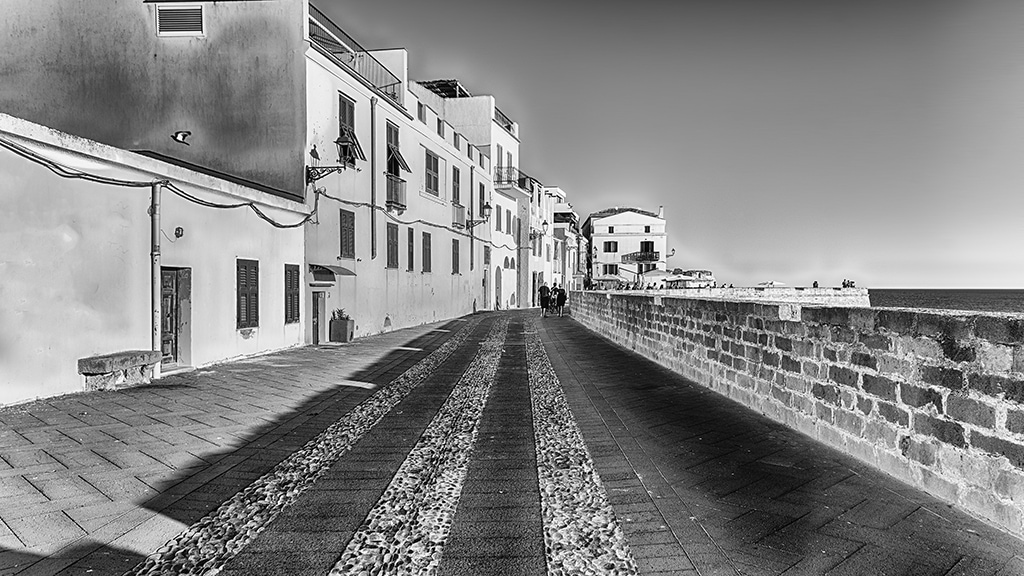
There are also insecurities regarding the foundation of the city: let’s start at the beginning.
On the territory of Alghero, we find traces of a population that dates back as far as the Neolithic period.
Finds of pottery and weapons in caves and necropolises testify to its cultural evolution.
During the Nuragic Age, the population was very dense. As many as 90 nuraghi can be counted in the territory of Alghero!
When, however, did the city proper come into being?
Apparently, it was founded by the noble Genoese Doria family in the early 12th century.
The site on which to build was chosen for its strategic location, both in terms of territorial resources and maritime trade.
Needless to say, the fortified area of the port was subject to numerous attacks by Pisan and Aragonese ships.
Sardinian Barceloneta
The city withstood all attacks until the fateful 1353, when the Aragonese fleet managed to prevail and Peter IV of Aragon, known as ‘the ceremonious’, expelled the Ligurians from its territory.
You may have heard of Alghero as ‘Barceloneta Sarda’. This Catalan appellation comes from the period of Aragonese domination.
The Catalan-Aragonese domination left an imprint on the city that is still visible today. It can be found in the architecture of the churches, ramparts and palaces, but also in the local dialect.
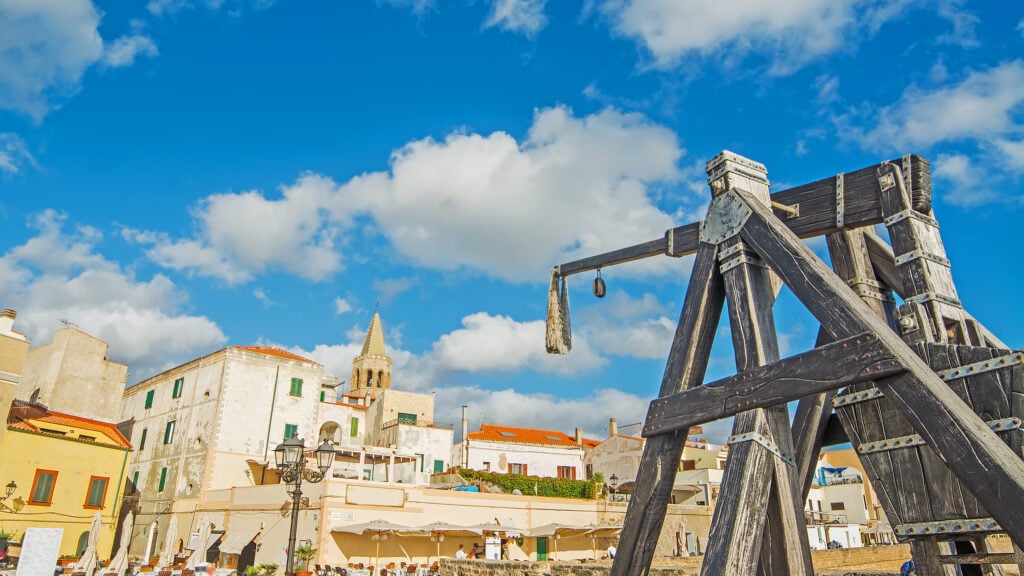
Despite the well-established Spanish presence, a major event, which took place in the late 1500s, managed to completely change the local structure.
We are talking about the plague, which caused the depopulation of the area. Once the plague was eradicated, in order to repopulate it, Alghero opened its doors to immigrants from the rest of Sardinia and, again, from Liguria.
The Catalan culture was again supplanted by the more properly Sardinian one.
This risked having major consequences.
At the time, the main language for economic and mercantile exchanges was Italian, while Alghero was stuck in its oasis of Sardinian culture, able to communicate only through the local language.
How could it have survived and developed if it showed itself to be a city closed to exchanges with the outside world?
The noble intellectuals who arrived with the advent of the Savoy family in 1700 perceived these difficulties and worked so that Alghero could change its customs and open up to the introduction of the Italian language. The presence on Sardinian territory of merchants from Tuscany, Liguria and Piedmont accelerated the process.
The destruction of the city
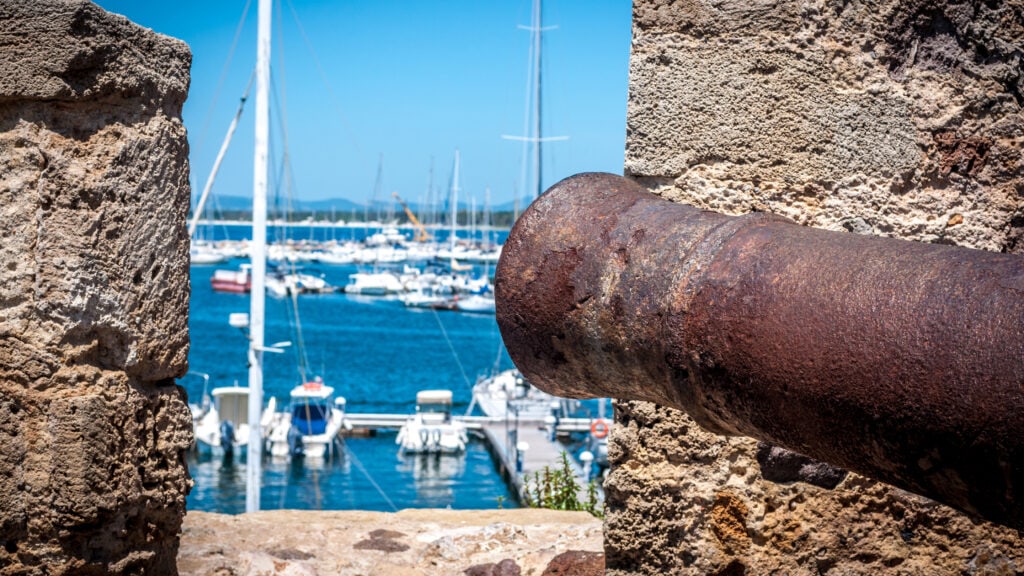
About a century later, in a period of development, Alghero was decimated again, first by the historic famine of 1812 and then by cholera in 1855.
In this regard, there is a marble slab in the Maddalenetta Tower that commemorates the event and the landing of Giuseppe Garibaldi in the harbour to help relatives and powerful local families.
Alghero has had a rather turbulent history. However, no natural disaster, epidemic or incursion was as devastating as the Second World War.
The city and the entire surrounding area were destroyed by bombing. Many of the residents who managed to save themselves found refuge at the then-abandoned Jesuit college, whose structure was altered to make housing.
The roaring ’60s
In the 1960s, Alghero finally began its period of recovery, characterised by the creation of a number of social events that have remained iconic in Italian culture. One example is the “Meeting of Italian Cinema”, which awarded the “Riccio d’oro” prize to films, actors and directors.
Or the election of Lady Italia and Lady Europa, which involved the most prominent show business personalities of the time.
1960 was also the year the “Retrobament” was instituted, an event celebrating the meeting of Algherese and Catalan cultures.
The true history and legends of Alghero
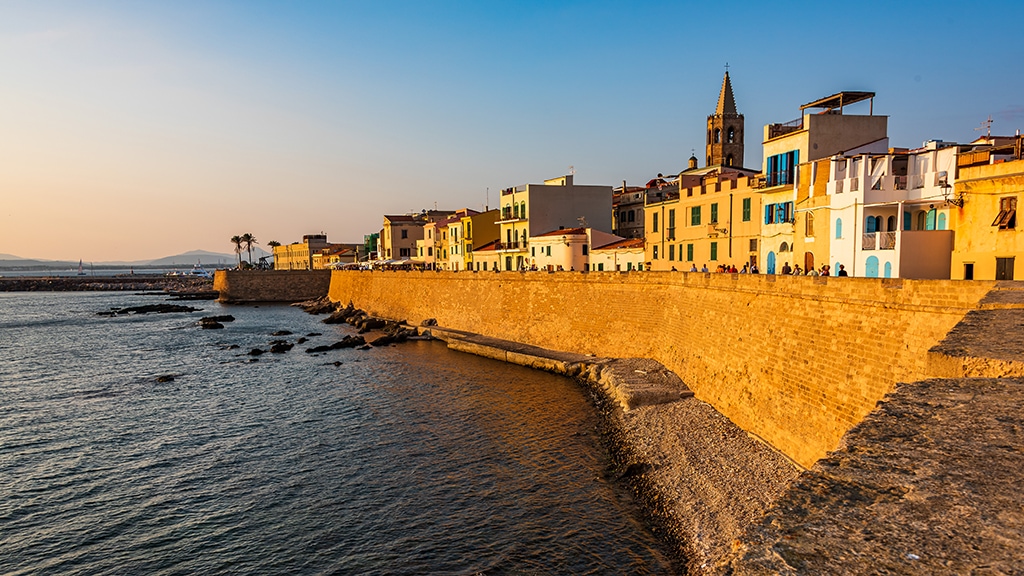
The true history of Alghero, however, can only be told by the locals. It is filled with legends with a mythological flavour and revolutionary characters with dramatic lives, such as Vincenzo Sulis, to whom one of the towers on the city’s ramparts is dedicated. It also celebrates ancient boats that still exist, a bit like characters themselves, surviving adventures that have something incredible about them.
You can follow us on Instagram [@domus81_luxuryvilla] and Facebook to find out all the stories and curiosities about Alghero and north-western Sardinia.
More than in any other place, the history of Alghero can be found every day walking through the city streets, talking to the locals, visiting the museums, tasting the typical dishes and admiring the handicrafts.
Everything the city offers today encapsulates its history.
Stay at Domus 81 Luxury Villa to retrace the history of Alghero and discover Sardinian culture
